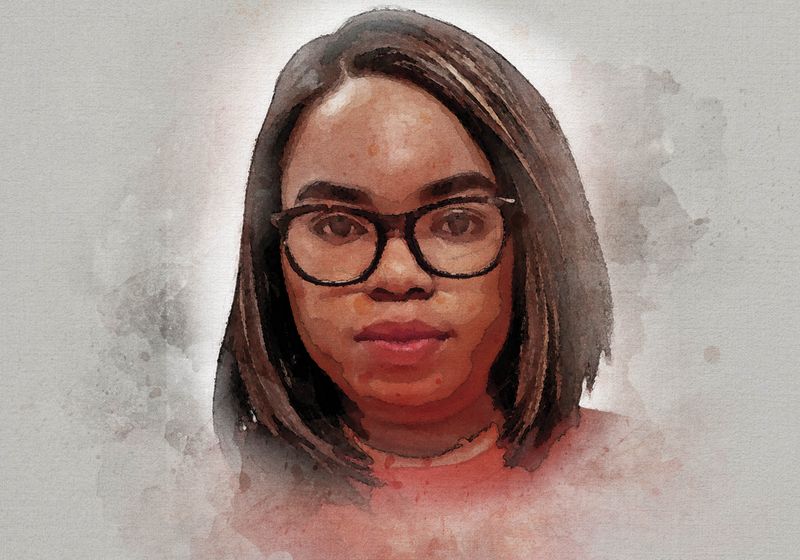This postdoc studies how ecosystems breathe, tracking carbon exchange between land and atmosphere.
Q | Write a brief introduction to yourself including the lab you work in and your research background.
My name is Omodara Obisesan, and I’m a postdoctoral fellow working with the Long-Term Agroecosystem research group at the University of Missouri. I use eddy covariance data to quantify carbon dynamics and ecosystem productivity across diverse US agroecosystems.
Q | How did you first get interested in science and/or your field of research?
My interest in science began with a strong curiosity about the natural world and the invisible forces, such as climate and weather, that govern it. As a student of physics, I was drawn to atmospheric science for its ability to combine theory, observation, and impact. My doctoral research in atmospheric physics deepened this interest, particularly as I explored how ecosystems exchange carbon and energy with the atmosphere. I was introduced to the eddy covariance method, which captivated me with its ability to capture real-time ecosystem “breathing.” This experience shaped my desire to investigate the intersection of climate, carbon, and agriculture. I was motivated not only by the scientific challenge, but also by the relevance of this work to food security and climate change. Today, as a postdoctoral researcher, I continue to pursue this passion through research on ecosystem-atmosphere interactions to understand carbon dynamics under changing climate.
Q | Tell us about your favorite research project you’re working on.
One of my favorite research projects focuses on understanding ecosystem carbon dynamics by analyzing long-term flux measurements from eddy covariance towers. These towers measure the continuous exchange of carbon between ecosystems and the atmosphere. In this project, I work with multi-site datasets to evaluate patterns of carbon uptake and release across diverse ecosystems and climate regions. Each dataset tells a story of productivity, how much carbon is being absorbed, how it changes through the seasons, and how different ecosystems compare with one another. This project is rewarding because it connects my love of physics and data analysis with larger questions about how ecosystems function and contribute to Earth’s carbon balance. It reminds me that behind every number and graph lies a living system adapting to change, which makes the science come alive.
Q | What do you find most exciting about your research project?
The most exciting part of my scientific journey has been the opportunity to grow from curiosity-driven questions into research that contributes to global challenges. I have learned how to bring together physics, climate science, and ecosystem studies into a framework for understanding how the environment shapes productivity and resilience. One of the most memorable moments was presenting my research to a broader audience and realizing that my work resonated beyond the scientific community and that it could inspire conversations about resilience, sustainability, and our shared future. Equally rewarding has been collaborating with scientists across disciplines and institutions, which has broadened my perspective and enriched my research. These experiences remind me that science is not only about answers, but also about the journey of discovery, growth, and connection.
Q | If you could be a laboratory instrument, which one would you be and why?
I would be a spectroradiometer, an instrument that captures light across many wavelengths to decode signals from vegetation and ecosystems. By measuring reflectance across wavelengths, a spectroradiometer reveals details about vegetation health, canopy dynamics, and energy balance that are invisible to the human eye. What inspires me about this instrument is that it embodies both simplicity and depth, measuring light, something we experience every day, while translating it into insights about productivity and resilience. The spectroradiometer also represents perspective: it doesn’t look at just one wavelength or one signal, but the full spectrum. Like the spectroradiometer, I value attention to detail while keeping an eye on the bigger picture. I see it as a symbol of curiosity and discovery, always looking beyond the surface, finding more than what meets the eye.
Are you a researcher who would like to be featured in the “Postdoc Portraits” series? Send in your application here.

